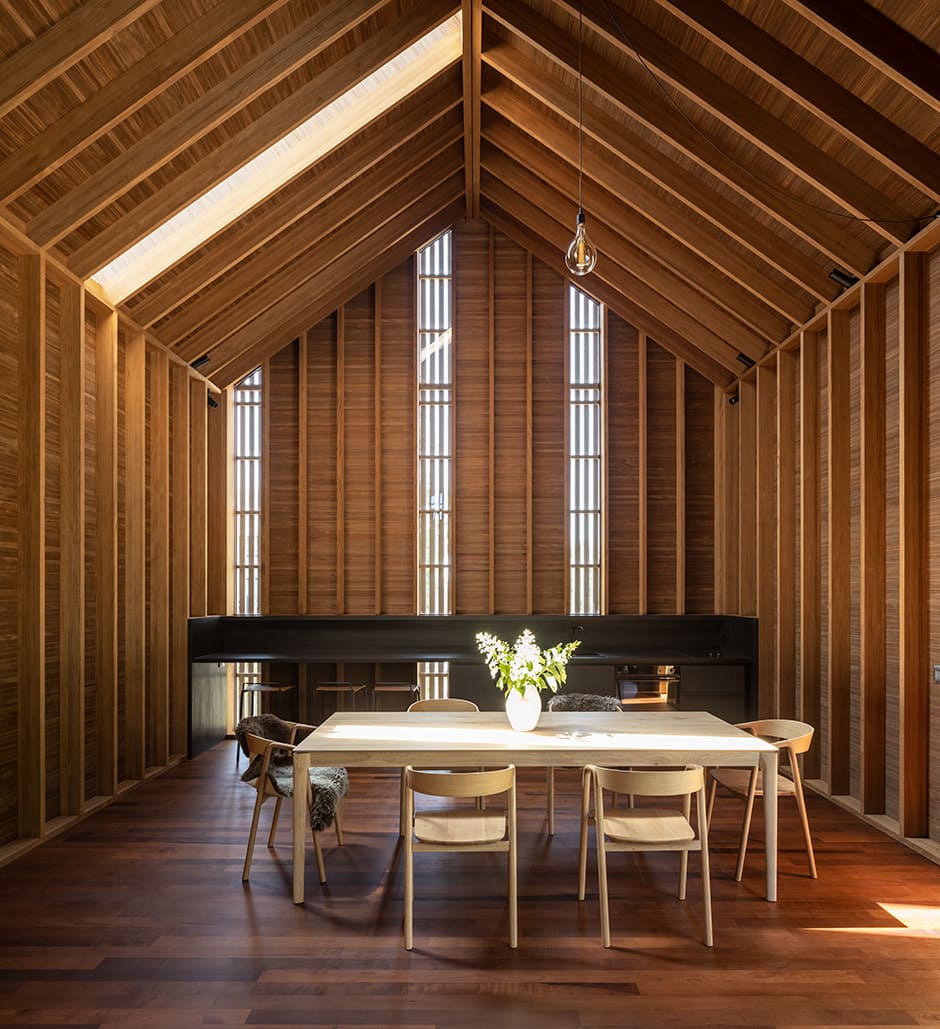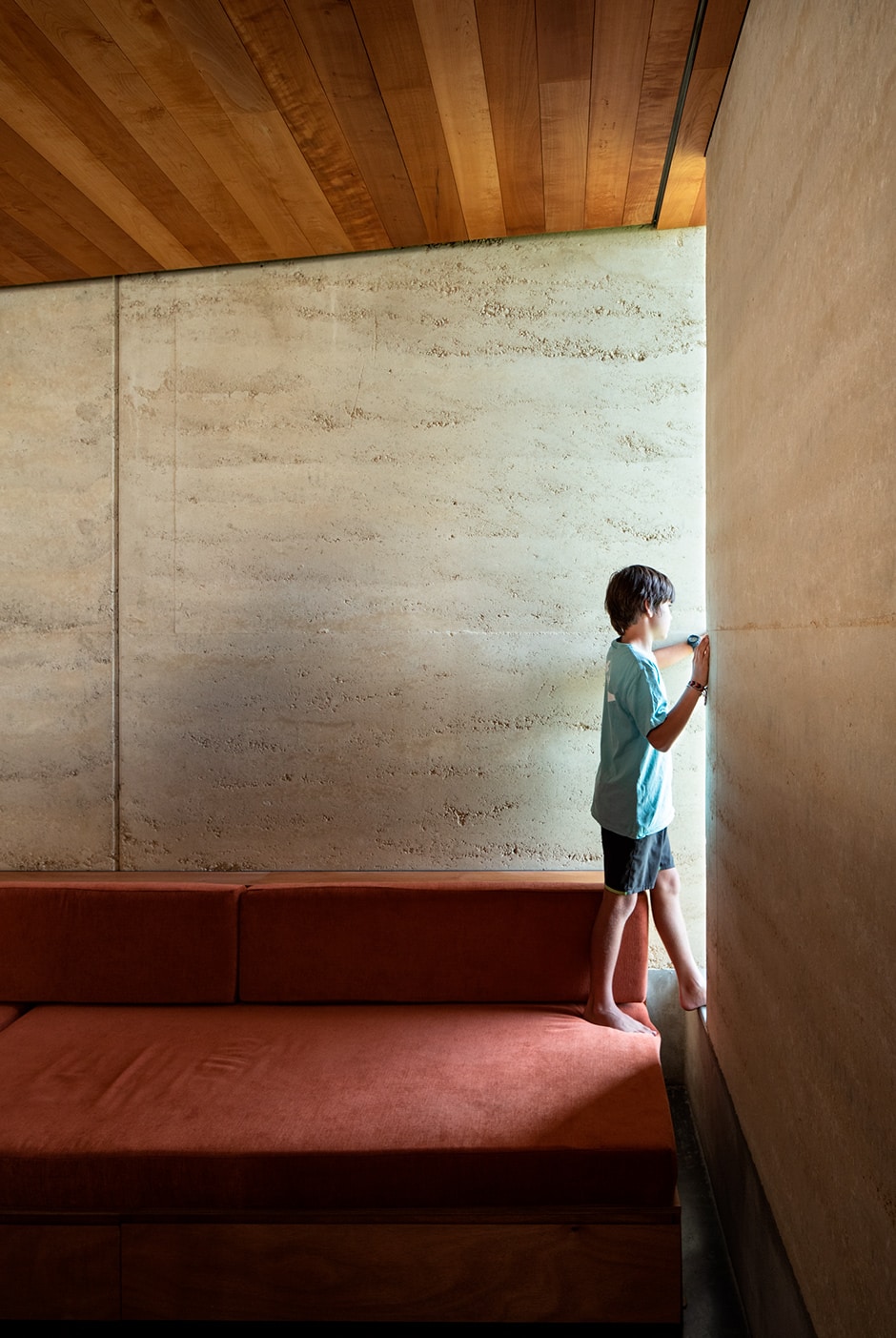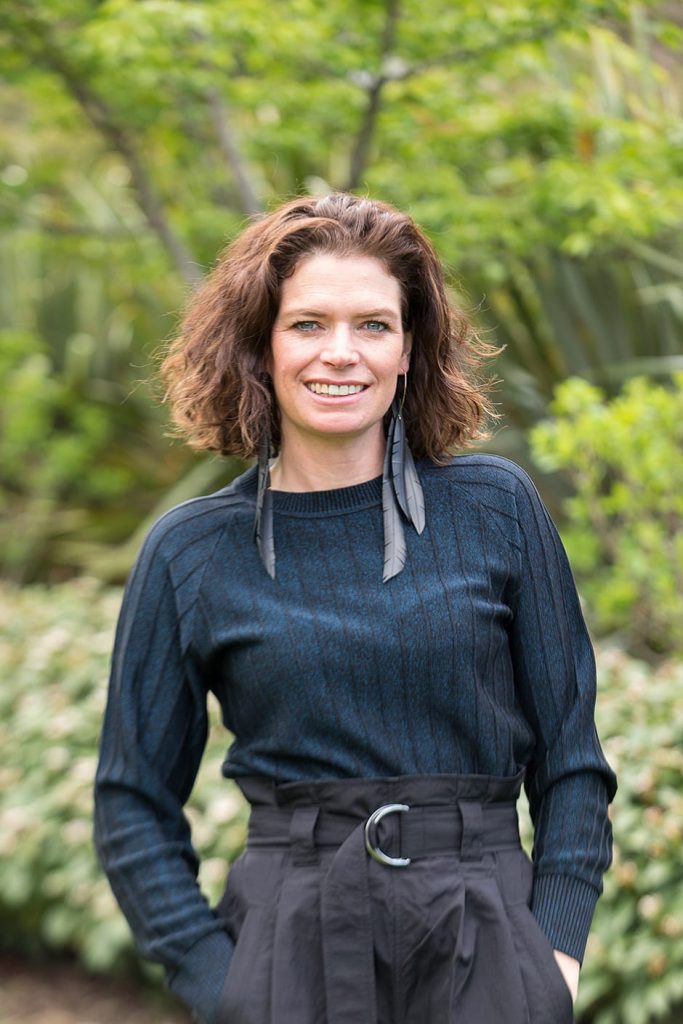In the latest installment of our Architecture+Women NZ series, we spoke to its Wirihana Leadership Award winner.
Louise, what inspired you to take up architecture as a profession? As a child, I loved building blocks, Lego, drawing, and making huts in the bush by our home near the Hutt River. My father was a ministerial secretary in Wellington and I’d spend weekends with him in the Beehive and his corporate offices, which fascinated me. I was interested in the city and drew a lot of houses, castles and other structures. I studied design and technical drawing at high school and went on to architecture school at Victoria University, where I was awarded a scholarship to study architecture in Rome, Italy. From then on, I was quite hooked on architecture and its influence on living.


You and your husband Justin have been running your studio Assembly Architects for 15 years — has your business evolved much in this time? Our business is entwined with our life and has proved to be agile as we’ve changed locations and economic contexts. We established it in Wellington in 2005, where we primarily worked on residential projects and some public projects at Wellington Zoo.
We had our children — Sabina, and twins Thomasin and Lido — in 2007 and 2009, and remained in Wellington until 2011. Then, in a post-GFC, slightly depressed climate, we pitched and won a number of prefabrication projects, including Auckland’s Britomart showcases in the lead-up to the 2011 Rugby World Cup, a widespread marae upgrade project in the central North Island for Tūwharetoa, and student accommodation pods for Auckland University. We made Kākahi in the King Country our temporary base from which to deliver these projects, then in 2012, when they were completed, we moved south to Arrowtown, which we still call home.
The focus of our practice has naturally shifted since then. Our reputation is quite solidly for houses now, with some bespoke commercial/tourism and minor public works projects in the mix. We also work with developers on residential developments.
In the North Island, we practised construction efficiently, but here our attention has moved to high-end residential projects and thermal performance in construction. A number of our projects include rammed earth, which is now a defining speciality.

What shapes your aesthetic? The aesthetics of our projects are the result of many factors — it’s not something that’s predetermined but instead develops in the concept stage in response to environmental factors, then is refined as a project develops. We address the environment, views, wind, local materials and clients’ desires, and are also influenced by the materials we think are appropriate, combinations of materials and textures, and budget. Each project shapes the next, as we continue to learn. Over time, our projects take on more similarities, but some still come along that establish a whole new base consideration and new strategies emerge. It’s always interesting.
How has Aotearoa’s architecture industry changed for women since you started your career? Increasing numbers of women have been registering as architects in New Zealand, so that’s positive, and these days, more people refer to me as an architect than a “female architect”.
We’ve always involved women in our practice. Right now, half our studio is female, which works for our team and the wider team of builders and contractors. I’ve noticed increasing specialisation and leadership from women in the past decade around culture, climate and urban issues, which brings increased awareness and accountability into the profession.

The work/family juggle is often considered challenging for women in architecture — how do you make it work for you? It is a juggle at times, but I’ve operated like this for more than a decade now. It seems to be getting easier as the kids get older and more independent, and of course I rely on having a great team around me at Assembly. Working with Justin is brilliant, as we can rely on each other, and living in this village community also helps. Outside of work, I enjoy gardening, and in this mad year have taken up deliberate and determined exercise with my neighbour. These things do add to the juggle, but are valuable pieces of the puzzle.
What keeps you motivated to keep doing what you do? I get a lot of satisfaction from seeing our designs realised and our clients living in and enjoying these buildings. I also thrive on the personal relationships we develop with our clients, contractors and consultants, which last long after a home has been built. As architects, we can make a positive difference in our clients’ lives, which is hugely rewarding for the whole team.
assembly.co.nz; architecturewomen.org.nz
Interview Alice Lines
Photography Simon Devitt
Portrait photography Leigh Jeffery

